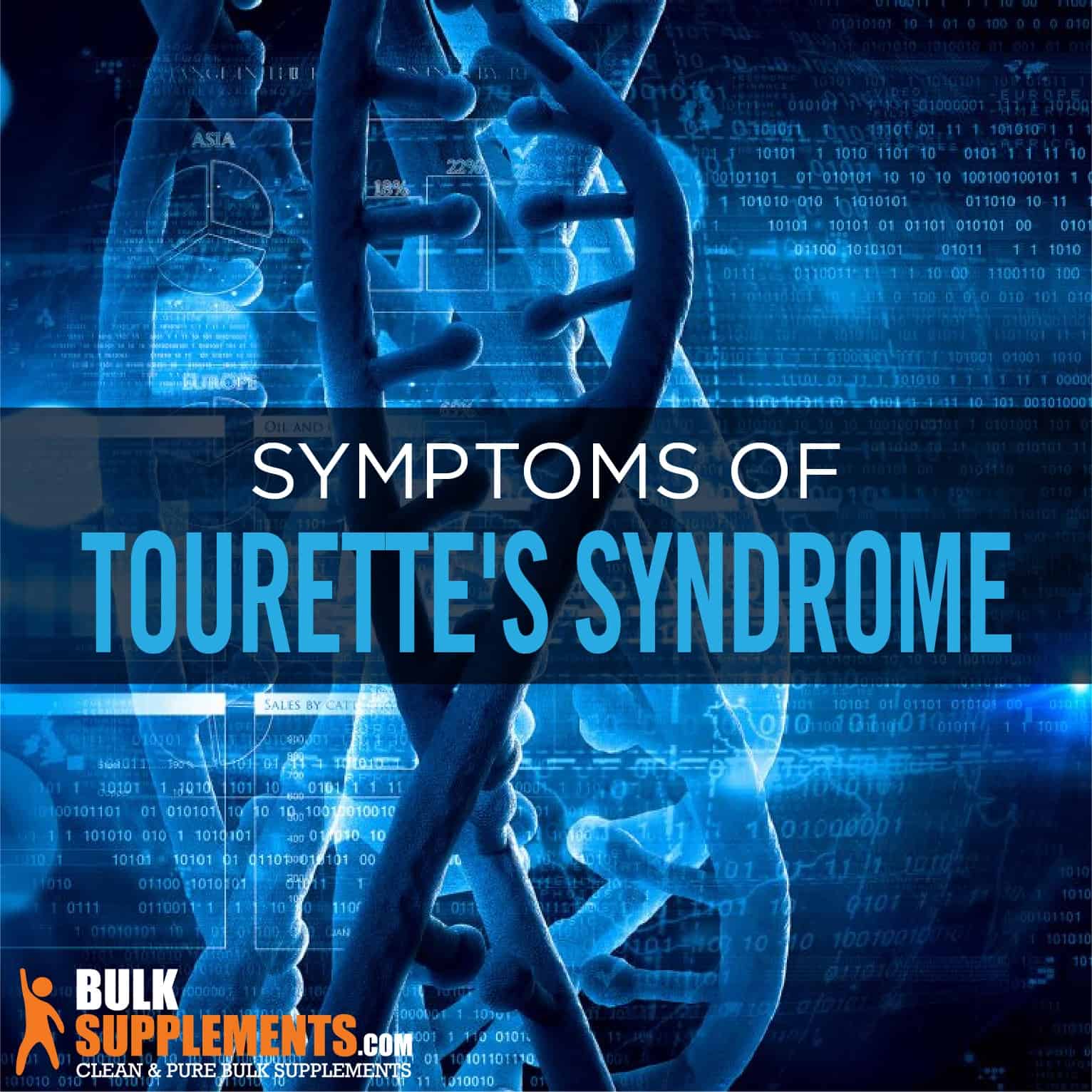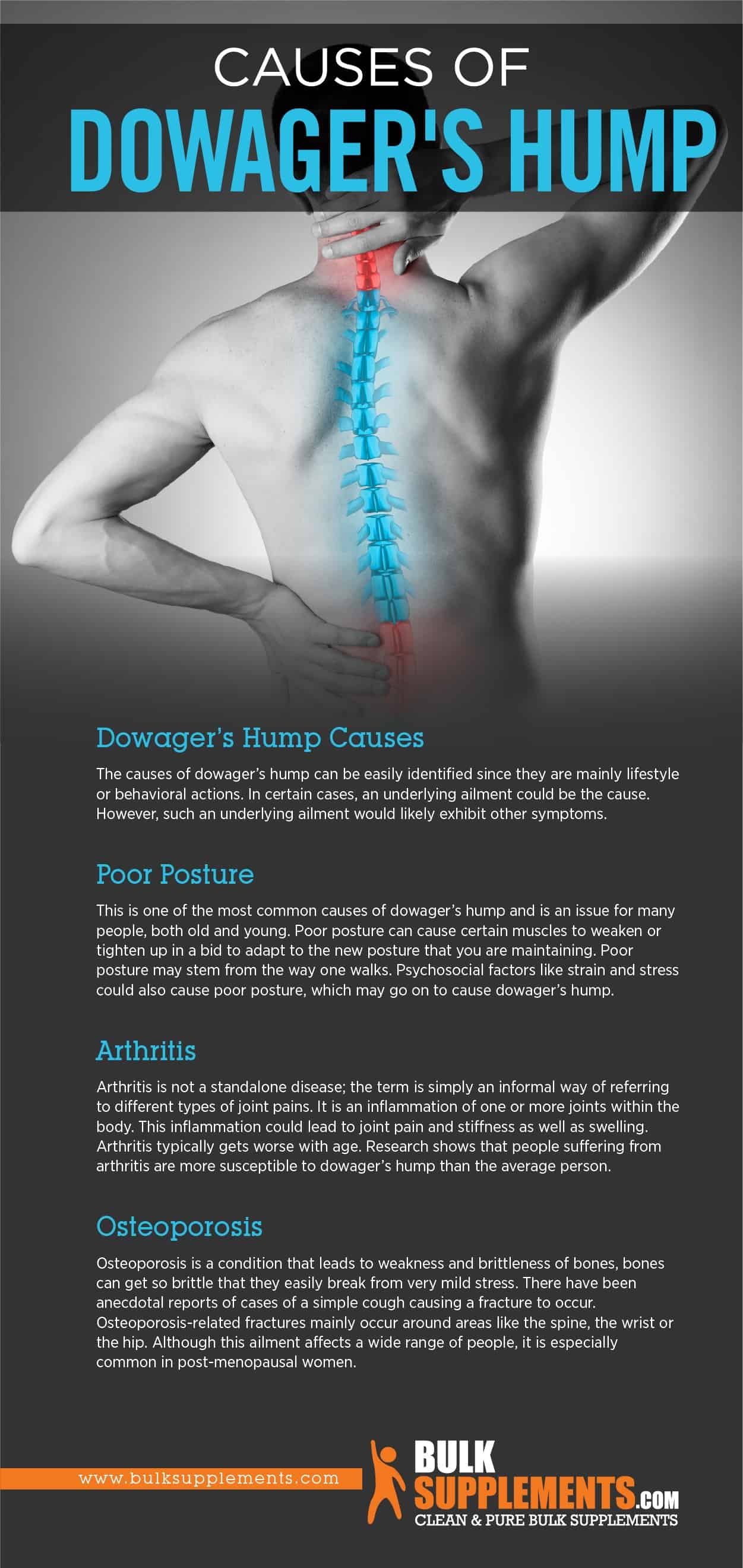Dowager’s Hump: Symptoms, Causes & Treatment

Dowager's Hump
What is Dowager’s Hump?
Dowager’s hump refers to an outward curvature of the thoracic vertebrae found in the upper back. The process of developing this condition involves the front portion of the vertebrae in question getting compressed. This then results in the spine bending forward and leads to the creation of the “hump” on the back of the neck. However, this is easily preventable. This condition is referred to by some as kyphosis and is commonly found occurring in both men and women as they age. The ‘dowager’s hump’ mainly affects elderly people.
The angle of dowager’s hump inclination is usually about 40 to 45 degrees forward. There are several types of deformity, and statistics show that most of the people affected do not even realize that they have it. When the upper back muscles weaken due to a continuous slouching forward, this is one of the causes of dowager’s hump. Similarly, using a computer and other devices with your back somewhat bent over could result in your upper vertebrae having an abnormal curve after which a mass of tissue occupies the lower part of the neck.
Dowager’s hump does not occur quickly in most cases. It usually starts out as a lesser condition which is colloquially referred to as buffalo hump. Buffalo hump is characterized by a hump behind one’s shoulders. Some people regard this as a ‘hunched back’; however, the hump here does not appear as pronounced as humps that hunchbacked individuals have.
Dowager’s Hump Symptoms
The symptoms of dowager’s hump are usually self-evident, especially after it has been present for a while. Since dowager’s hump implies a protruding back, it is not all that easy to hide. While some people might mistake it for a full-blown ‘humpback’ or ‘hunchback’, this hump is not very large. However, it can grow progressively larger.
Forward Tilting Head
A forward-tilting head may be a clear sign of dowager’s hump. Such forward head posture effectively increases the amount of work that the muscles attached to the spine have to do. The cervical spine is responsible for holding up the head, though an increased workload may become unbearable after a while, causing the spine to adapt accordingly. After a while, this posture could result in muscle imbalances due to the efforts made by the body to adapt. The muscles may become shorter and tighter while some may become elongated and weakened.
Bump at the Base of the Neck
Dowager’s hump is characterized by a slightly rounded hunch that can be found at the base of the neck. Some also refer to the hump as a “bump” due to its relatively small size. Since this mainly stems from bad posture, sitting upright and walking with the right posture easily takes care of this.
Spine Curve
The spine curve experienced by people who have dowager’s hump is usually only slight due to the fact that it is an induced one, rather than being caused by an underlying ailment. There may be other curvatures, especially in other conditions related to posture or the spine. The difference, however, is that other curvatures are usually a lot more obvious. This spinal curve is usually accompanied by a bump at the base of the neck and this slight protrusion is not always visibly evident. This curvature is shaped like a slight but curving “7” unlike other conditions like scoliosis, which has an elongated “S” shaped curvature.
Neck, Back and Waist Pain
Other symptoms of this condition may include intense back pain as a result of the neck being bent over unnaturally. Any effort made on the part of the affected individual to adjust and straighten their neck could be met with intense, shooting pain that may persist until the neck’s position is returned to its “normal” state. This acute back pain is one of the most commonly mentioned symptoms among patients of dowager’s hump. Some patients also experience waist pain, which could clearly result from the spine assuming a different shape.
If you experience any of the symptoms mentioned or if slouching or bad posture applies to you, there is a high probability that you could develop dowager’s hump.
Dowager’s Hump Causes
The causes of dowager’s hump can be easily identified since they are mainly lifestyle or behavioral actions. In certain cases, an underlying ailment could be the cause. However, such an underlying ailment would likely exhibit other symptoms.
Poor Posture
This is one of the most common causes of dowager’s hump and is an issue for many people, both old and young. Poor posture can cause certain muscles to weaken or tighten up in a bid to adapt to the new posture that you are maintaining. Poor posture may stem from the way one walks. Psychosocial factors like strain and stress could also cause poor posture, which may go on to cause dowager’s hump.
Arthritis
Arthritis is not a standalone disease; the term is simply an informal way of referring to different types of joint pains. It is an inflammation of one or more joints within the body. This inflammation could lead to joint pain and stiffness as well as swelling. Arthritis typically gets worse with age. Research shows that people suffering from arthritis are more susceptible to dowager’s hump than the average person.
SEE ALSO

Tourette’s Syndrome: Symptoms, Causes & Treatment
Osteoporosis
Osteoporosis is a condition that leads to weakness and brittleness of bones; bones can get so brittle that they easily break from very mild stress. There have been anecdotal reports of cases of a simple cough causing a fracture to occur. Osteoporosis-related fractures mainly occur around areas like the spine, the wrist or the hip. Although this ailment affects a wide range of people, it is especially common in post-menopausal women.

Dowager’s Hump Treatment
Kyphosis Exercises
Kyphosis exercises, alongside practicing good posture and chiropractic care, could help to improve the rounded upper back that accompanies dowager’s hump. Research shows that spinal extension exercises may help to improve this condition. Strong back muscles can easily counteract the forward pull that occurs on the spine. This implies that extensor muscle strengthening exercises would be effective at reducing the angle of kyphosis. This same research shows that after a period of one year, women who carried out these exercises consistently had straighter backs.
Surgery
Surgery is usually a last resort for treating dowager’s hump. For dowager’s hump, this is usually only an option for those who have very extreme or severe cases. Also, in the case of a pinched nerve, surgery might be necessary to correct this occurrence.
Supplements for Spine and Back
Omega 3-6-9
Studies indicate that omega-3s can boost bone strength by increasing the amount of calcium in your bones. This effectively reduces the risk of osteoporosis and other bone or joint related ailments. There have also been reports of reduced joint pain when used by arthritis patients. Take 3 soft gels once or twice a day, under instruction from your doctor.
Glucosamine
Glucosamine plays a pivotal role in the development of cartilage. It occurs naturally and is present in fluids around joints. One can also ingest it in the form of a supplement. Take up to 1,000 mg up to three times a day, or as directed by your physician.
The Bottom Line
Dowager’s hump is one of the most common ailments that impacts the elderly. People with bad posture are likely to suffer this ailment, too. This is why one of the best ways to prevent dowager’s hump is to make lifestyle changes. Given these measures alongside consuming supplements, one would stand a better chance of avoiding this ailment.



